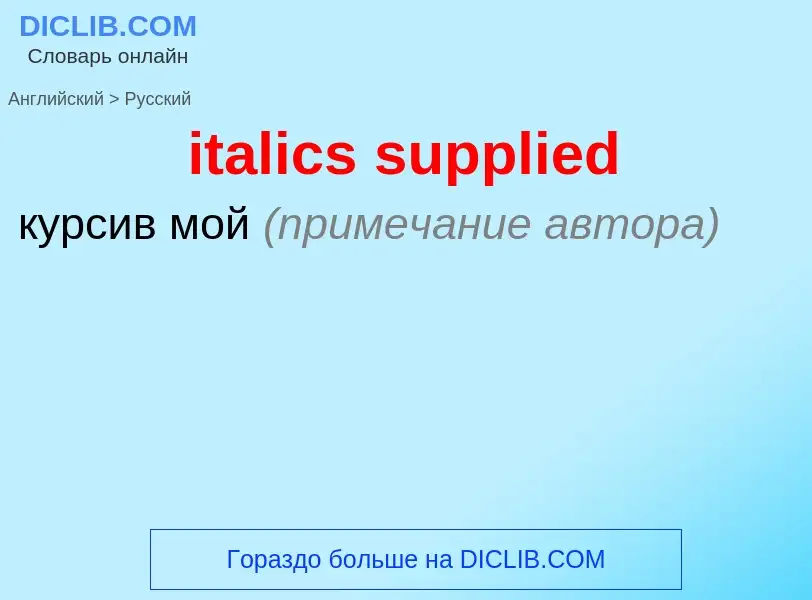Translation and analysis of words by ChatGPT artificial intelligence
On this page you can get a detailed analysis of a word or phrase, produced by the best artificial intelligence technology to date:
- how the word is used
- frequency of use
- it is used more often in oral or written speech
- word translation options
- usage examples (several phrases with translation)
- etymology
italics supplied - translation to russian
Wikipedia

Surface-supplied diving is diving using equipment supplied with breathing gas using a diver's umbilical from the surface, either from the shore or from a diving support vessel, sometimes indirectly via a diving bell. This is different from scuba diving, where the diver's breathing equipment is completely self-contained and there is no link to the surface. The primary advantages of conventional surface supplied diving are lower risk of drowning and considerably larger breathing gas supply than scuba, allowing longer working periods and safer decompression. Disadvantages are the absolute limitation on diver mobility imposed by the length of the umbilical, encumbrance by the umbilical, and high logistical and equipment costs compared with scuba. The disadvantages restrict use of this mode of diving to applications where the diver operates within a small area, which is common in commercial diving work.
The copper helmeted free-flow standard diving dress is the version which made commercial diving a viable occupation, and although still used in some regions, this heavy equipment has been superseded by lighter free-flow helmets, and to a large extent, lightweight demand helmets, band masks and full-face diving masks. Breathing gases used include air, heliox, nitrox and trimix.
Saturation diving is a mode of surface supplied diving in which the divers live under pressure in a saturation system or underwater habitat and are decompressed only at the end of a tour of duty.
Airline, or hookah diving, and "compressor diving" are lower technology variants also using a breathing air supply from the surface.


















, is fitted with a Kirby Morgan 37 Dive Helmet.jpg?width=200)








![Figgins]] foundry of London. The typeface is an example of the increasingly attention-grabbing, bold and dramatic fonts becoming popular in British display typography in the early nineteenth century. Figgins]] foundry of London. The typeface is an example of the increasingly attention-grabbing, bold and dramatic fonts becoming popular in British display typography in the early nineteenth century.](https://commons.wikimedia.org/wiki/Special:FilePath/Figgins Backslant.jpg?width=200)
![A page from La Operina by [[Ludovico Vicentino degli Arrighi]], showing the chancery writing style. A page from La Operina by [[Ludovico Vicentino degli Arrighi]], showing the chancery writing style.](https://commons.wikimedia.org/wiki/Special:FilePath/La Operina Arrighi 0039.jpg?width=200)

![Niccoli's]] cursive script, which developed into Italic type. Niccoli's]] cursive script, which developed into Italic type.](https://commons.wikimedia.org/wiki/Special:FilePath/Niccolo de Niccoli italic handwriting.jpg?width=200)
![access-date=17 August 2015}}</ref> [[Seravek]], a modern humanist family, has a more informal italic in the style of handwriting. access-date=17 August 2015}}</ref> [[Seravek]], a modern humanist family, has a more informal italic in the style of handwriting.](https://commons.wikimedia.org/wiki/Special:FilePath/Sans-serif italics.png?width=200)

.jpg?width=200)
